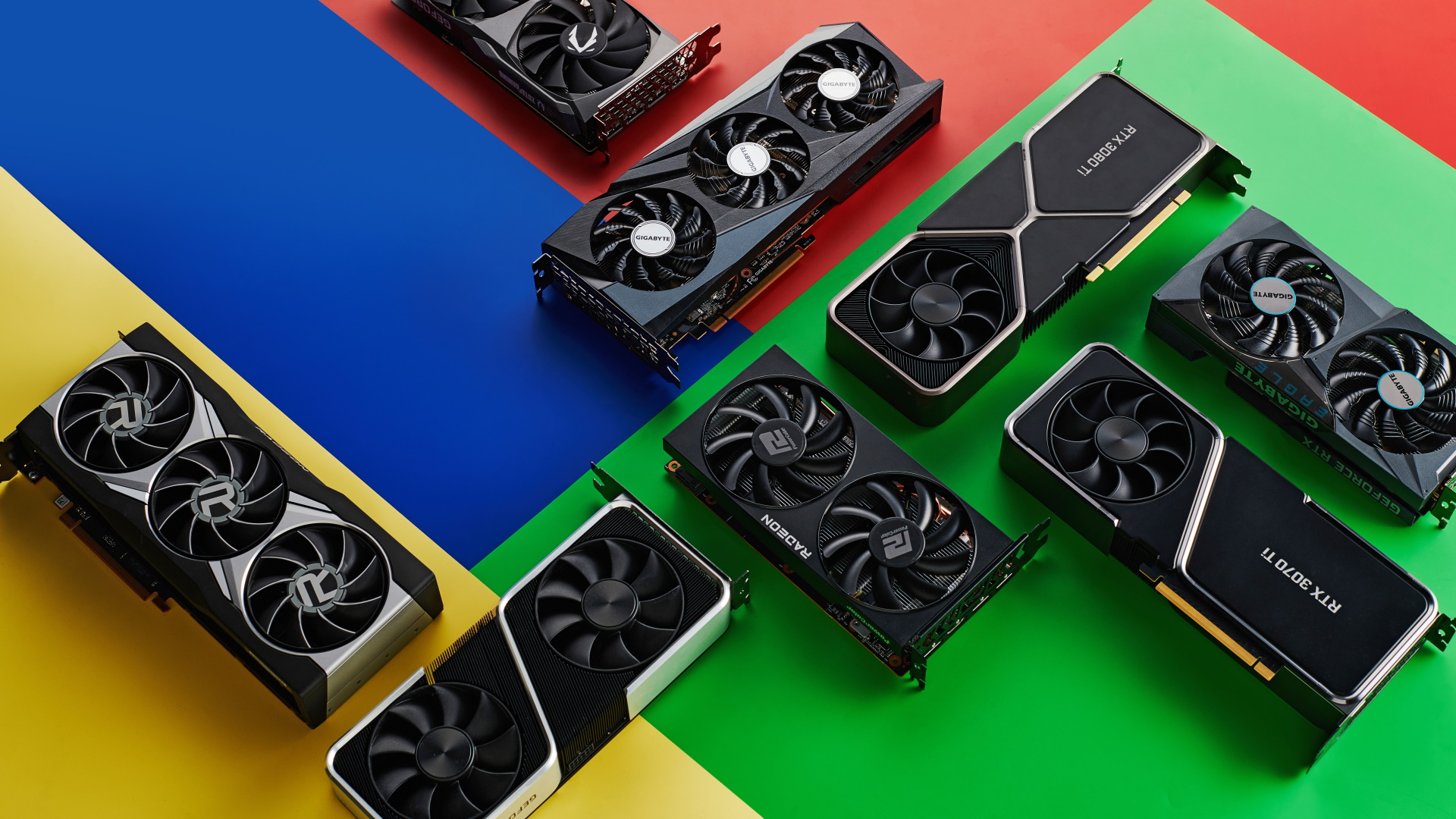
PC gaming's (un)holy trinity of hardware and software vendors will be taking the stage at this year's Game Developers Conference (GCD) to provide more details on what's new in the world of graphics. Work graphics, a DirectX 12 feature that first appeared in beta form last year, will take the lion's share of the presentation but alongside it will be a preview of DirectSR: Microsoft's new system for implementing upscaling on devices running Windows.
One of the sessions in this year's Game Developer Conference will be all the latest DirectX graphics technologies being developed by Microsoft, with input from AMD, Intel, Nvidia, and Qualcomm. The first of which is DirectSR, aka Direct Super Resolution. At this moment in time, we know very little about what this is, other than it will "make it easier than ever for game devs to scale super resolution support across Windows devices."
To me, that strongly suggests it will be a new API for handling upscaling, similar to that used to access AMD's FSR or Nvidia's DLSS, but it will be far more hardware-agnostic.
News that Microsoft is bringing an 'Auto upscaler' to Windows cropped up just a couple of weeks ago, and while both systems are about upscaling, DirectSR seems to be something that game developers can use as a common ground implementation. Sounds cool but we already have something like that and it's AMD's FSR.
That runs on pretty much any GPU or at the very least, any graphics card that's needed to run the latest games. But if it turns out to be better than AMD's shader-based system and it has even broader hardware compatibility, then DirectSR could well be hot news for PC gamers.
The last GDC event I physically attended was a long time ago (17 years, to be precise) but the premise hasn't changed at all: A week of seminars, presentations, and demonstrations of every aspect behind the creation of games. Sometimes you get to learn some interesting stuff and one of my favourites of all time is the detailed look behind the scenes of Assassin Creed III's graphics.

Best CPU for gaming: The top chips from Intel and AMD.
Best gaming motherboard: The right boards.
Best graphics card: Your perfect pixel-pusher awaits.
Best SSD for gaming: Get into the game ahead of the rest.
So I'm especially interested in the other topic being discussed: Work graphs, a feature of the Direct3D 12 (the graphics part of DirectX) that was launched as a preview in 2023. Work graphs will never be something you can just switch on in a game, but to the right developer making the right game, they could be super useful.
Here's the basic premise of them. What if you have a shader running on a GPU and its final output determines whether a whole bunch of new shaders needs to be run? Normally, this info would have to be cycled back to the CPU, for it to issue the call for the shaders in a new command list. Work graphs keep all of this on the GPU itself, letting the game engine's code running on the graphics processor handle all of the various shader paths.
AMD has produced some sample code for you to peruse if you have a penchant for D3D12 coding, but it will only work on Radeon RX 7000-series GPUs. If you've got an Intel or Nvidia graphics card, you'll need to have a wee chat with them about getting access to a beta driver that supports work graphs.
It's all still early days, but the benefits are greater GPU efficiency and less CPU and memory overheads; the long-term goal is to shift as much of the rendering pipeline to work graphs as possible. We'll just have to wait another month until the GDC session to find out more, though. Dammit, I want to know now.







